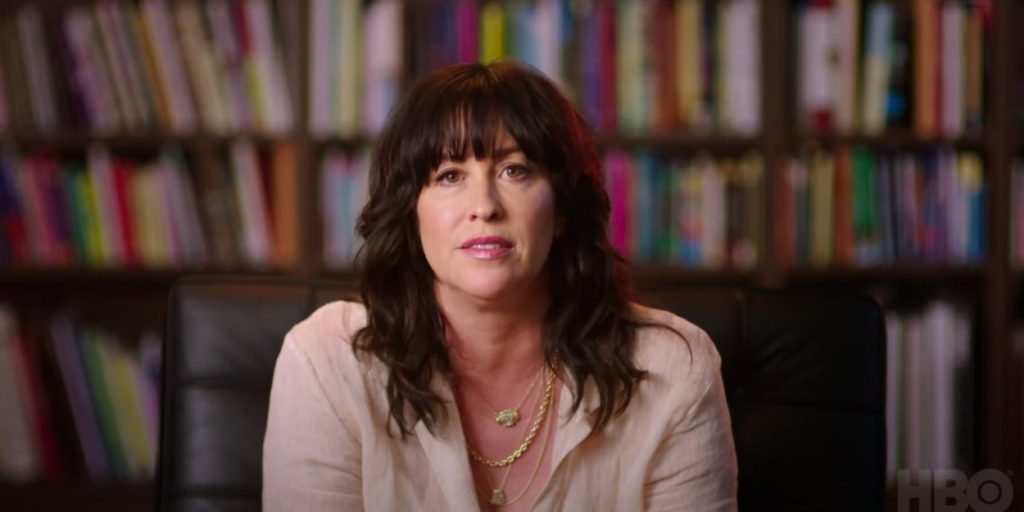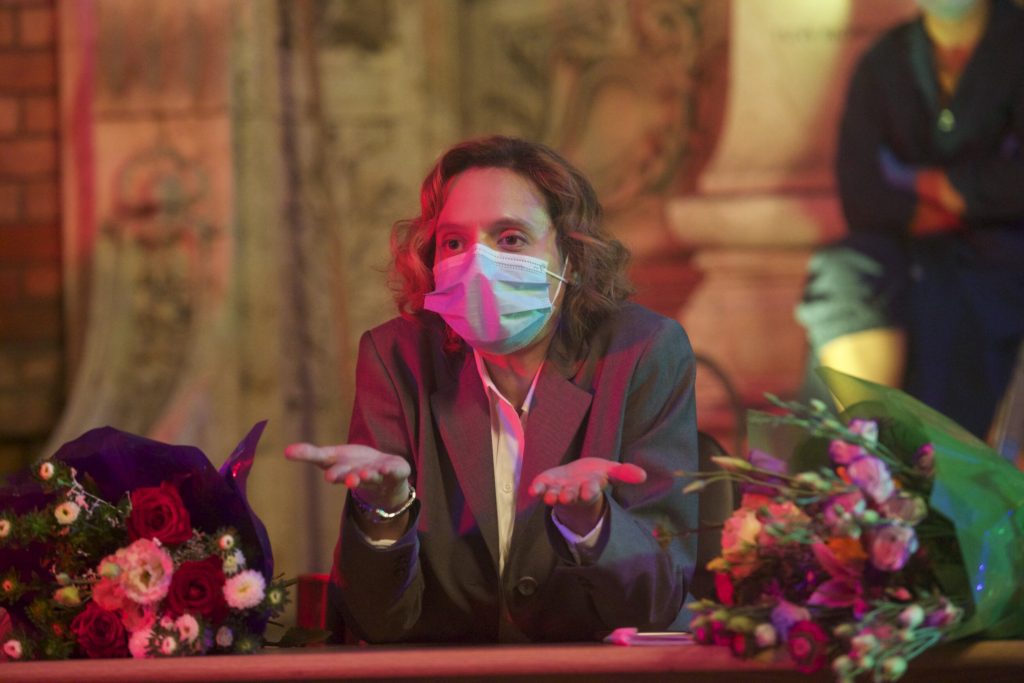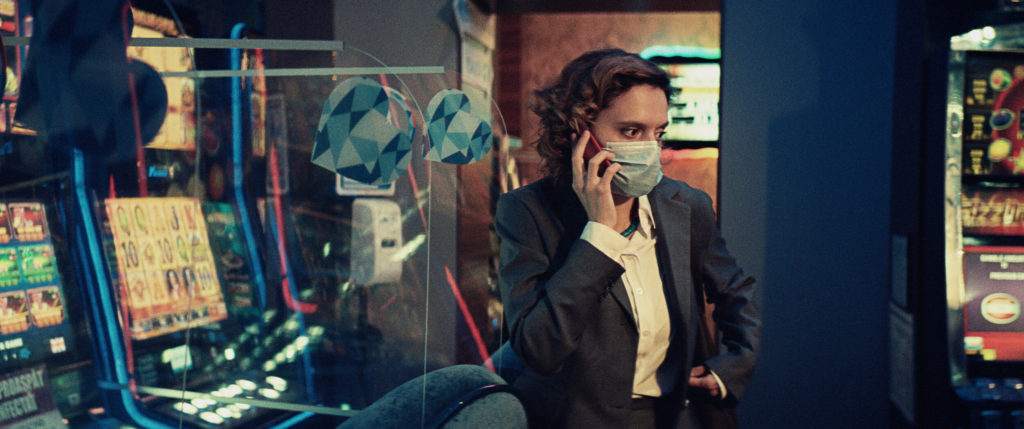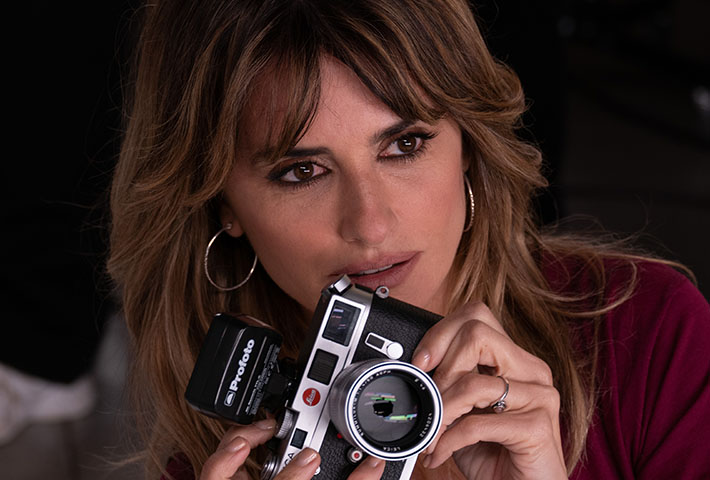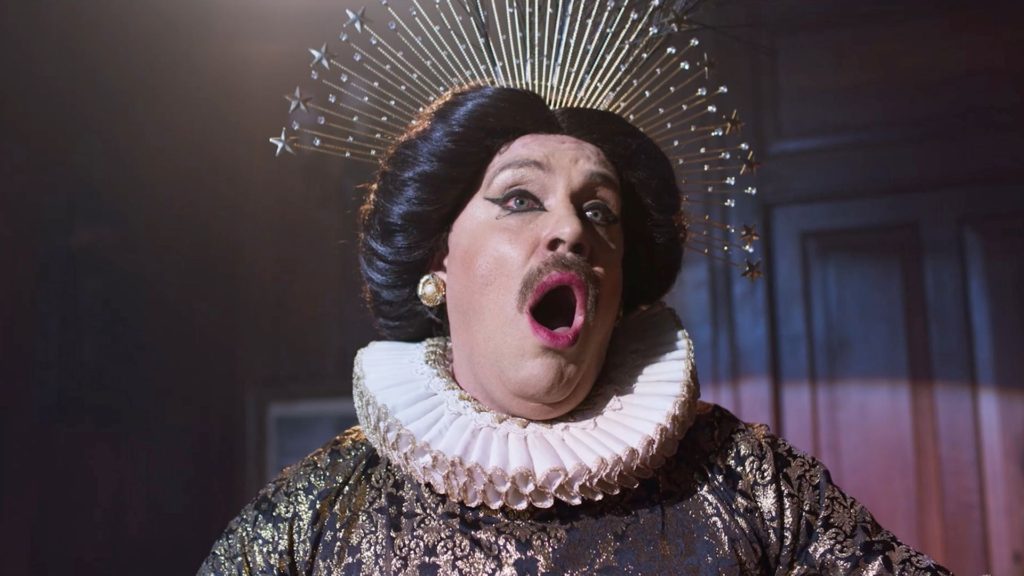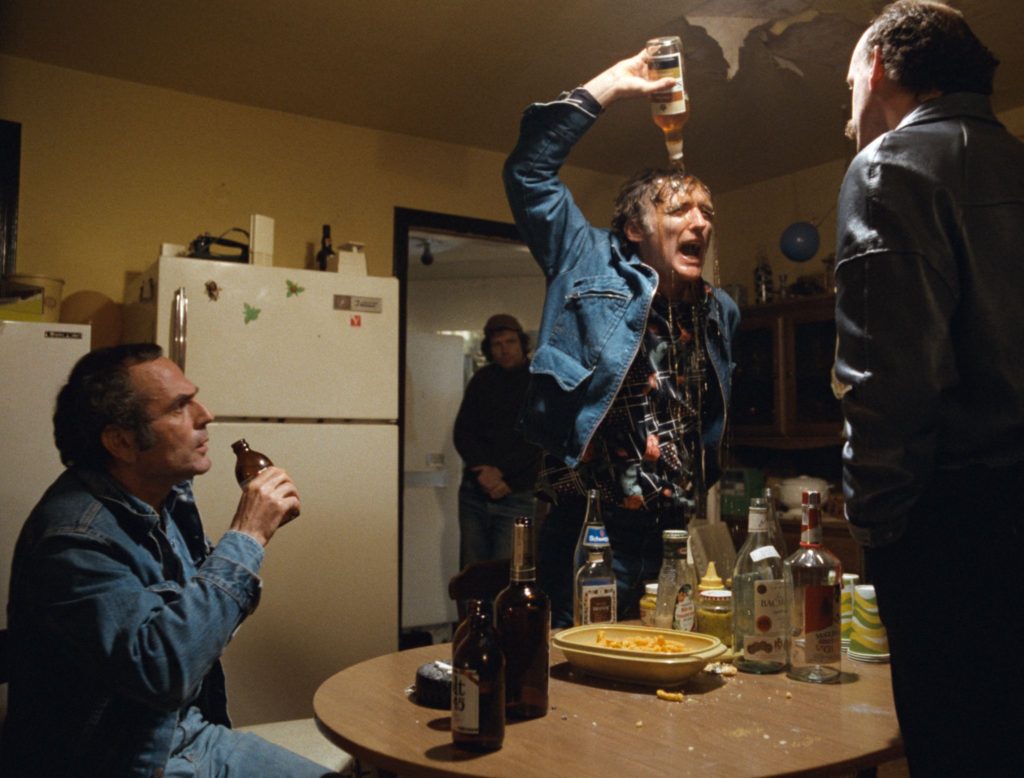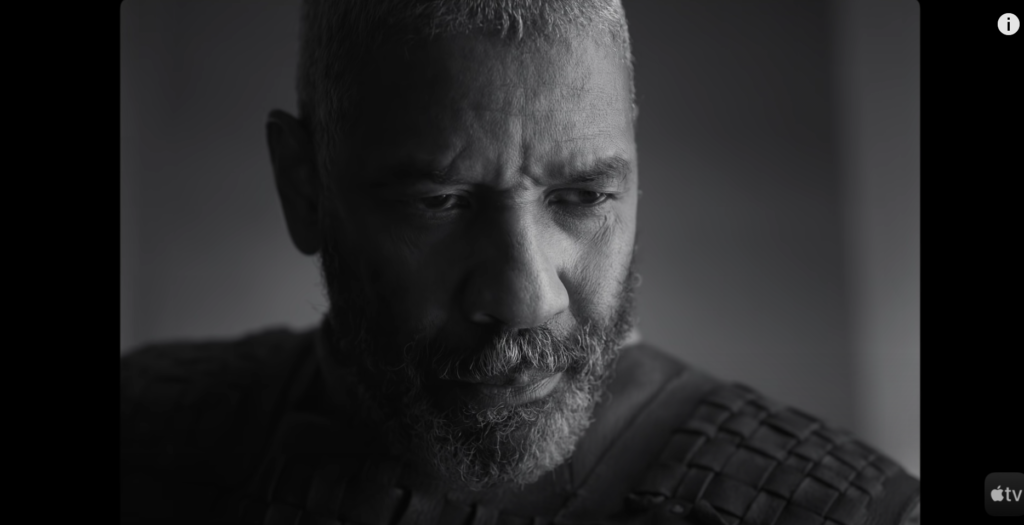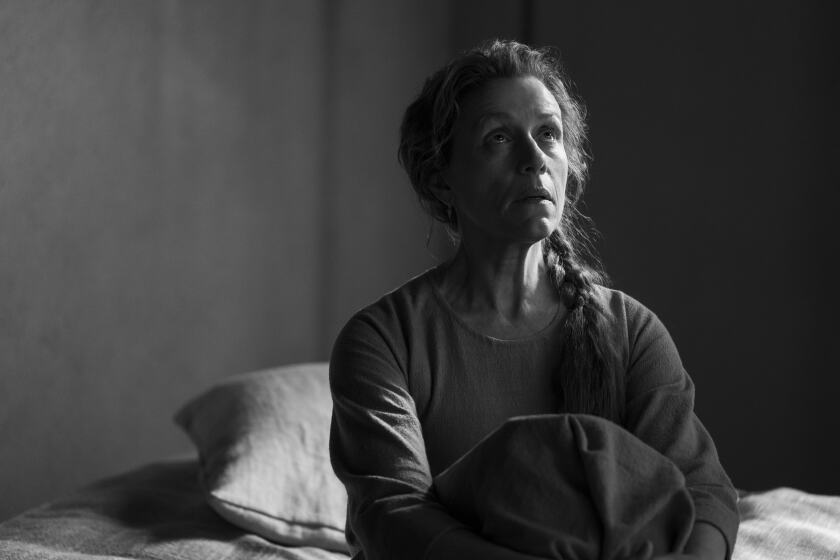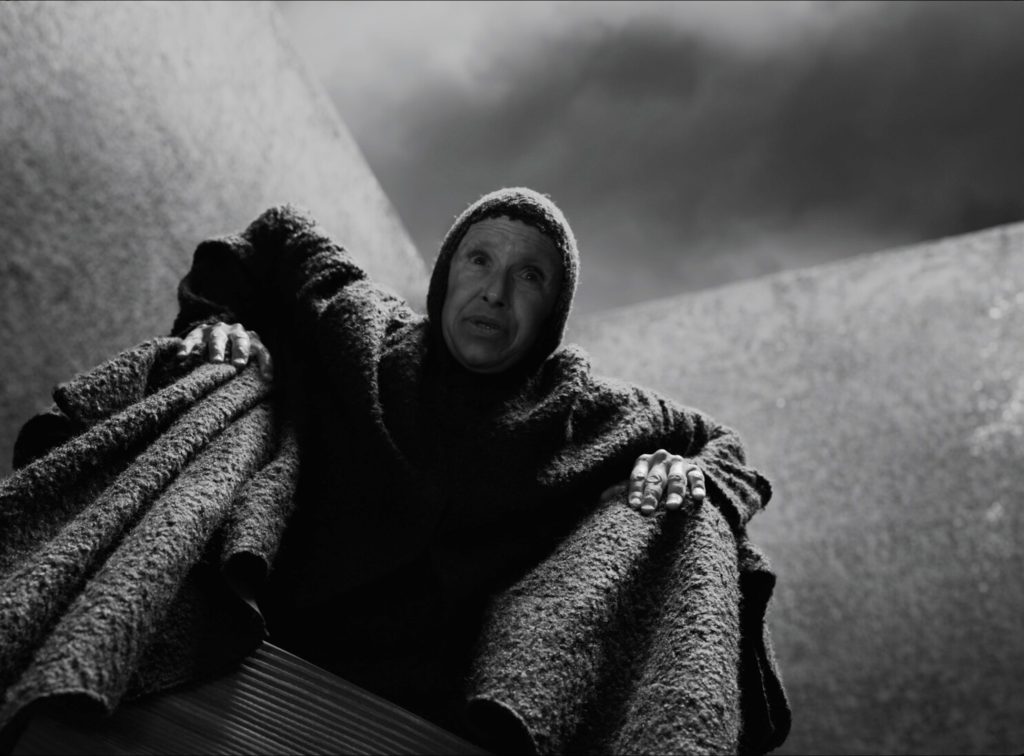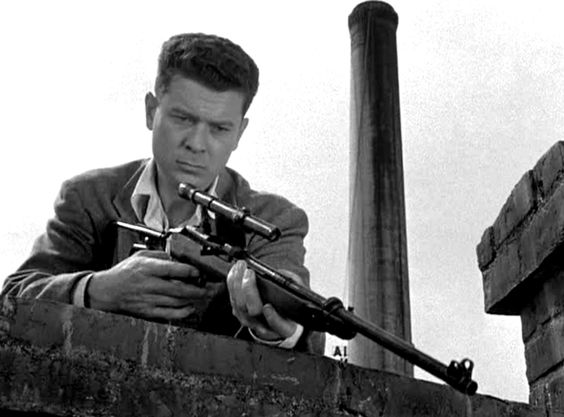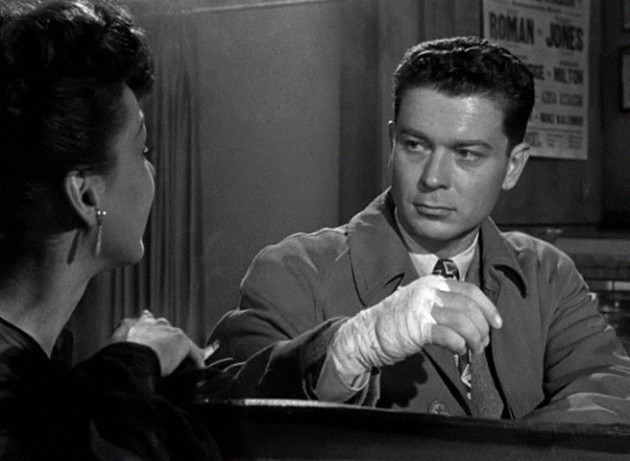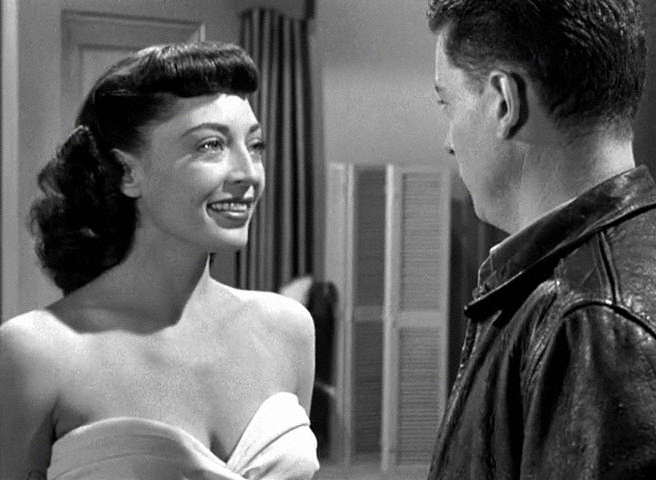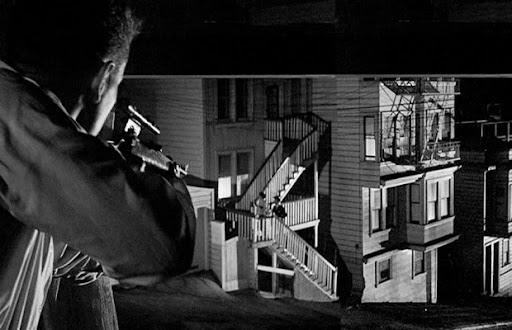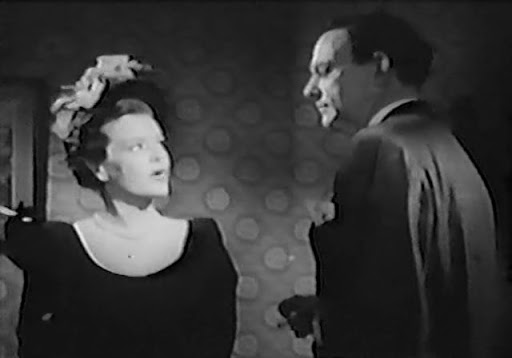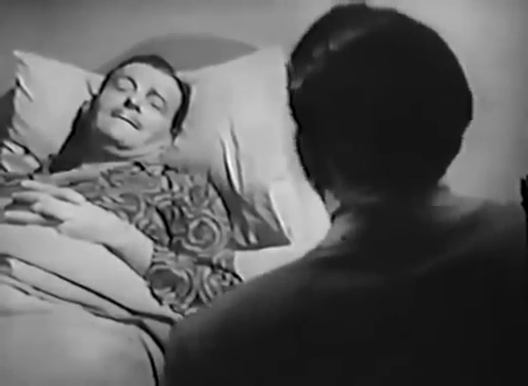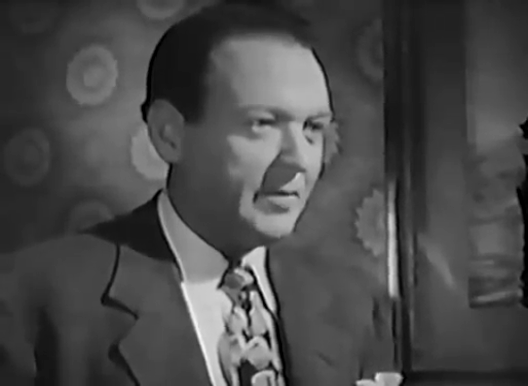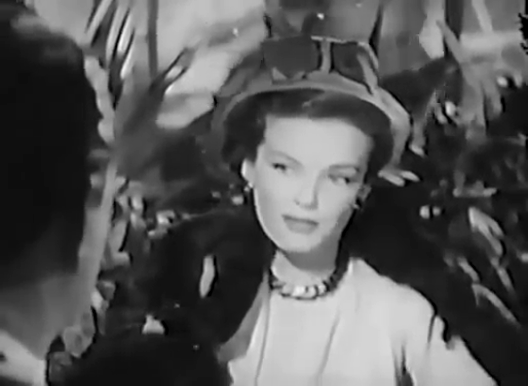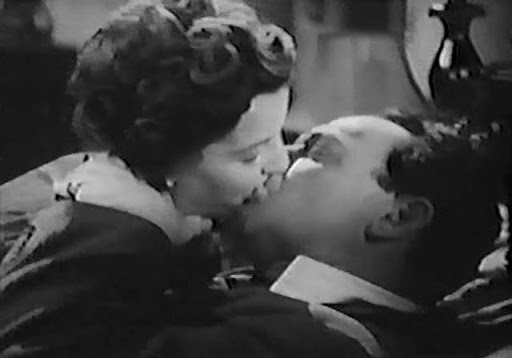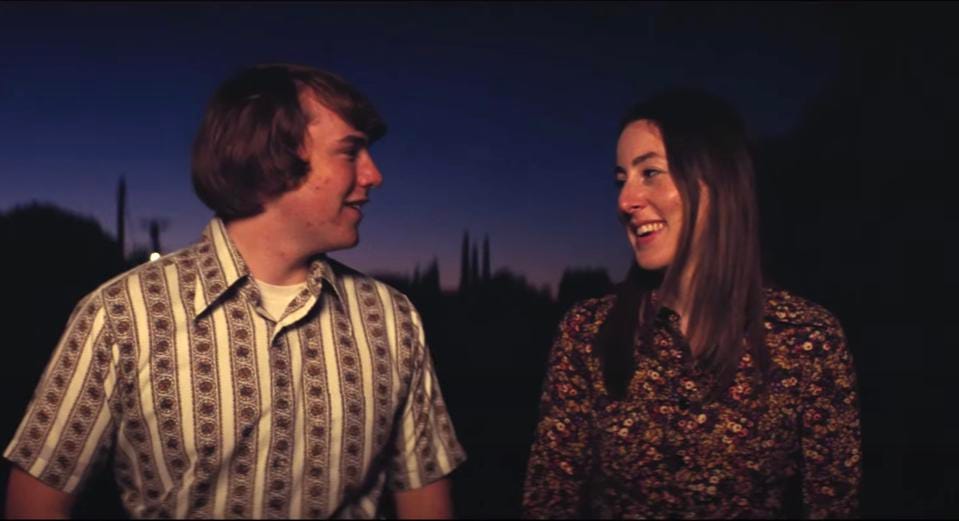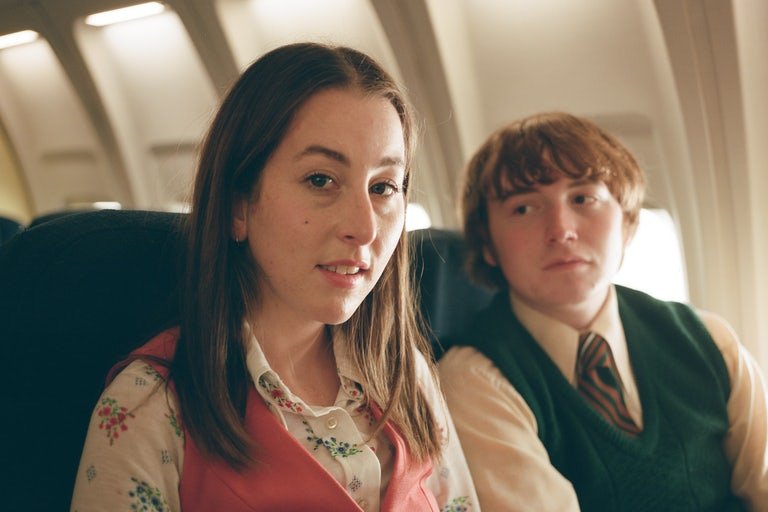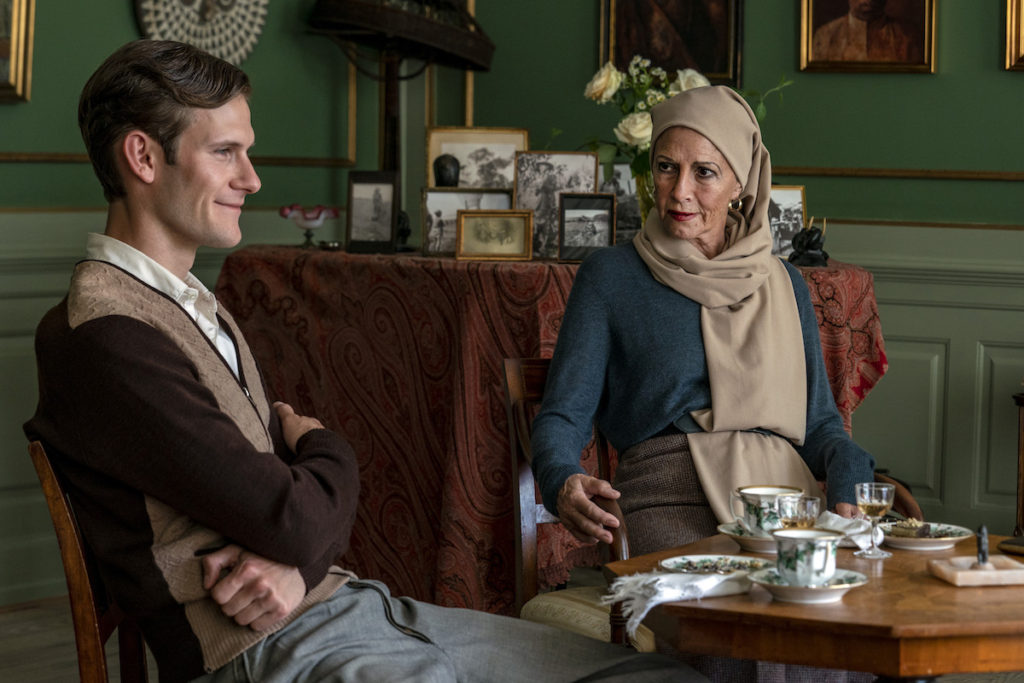
The Pact is the story of a real life Faustian bargain. In 1948, Karen Blixen (Birthe Neumann) was the rock star of Danish literature, having written Out of Africa under the pen name Isak Dinesen. Blixen was also a baroness, and from her seafront country estate near Copenhagen, she presided over a salon of leading Danish intellectuals and artists.
Thorkild Bjørnvig (Simon Bennebjerg) was an unknown poet whose promise intrigued Blixen. Blixen offered Bjørnvig the titular pact – she would help him achieve his artistic potential, but only if he followed all her guidance. She is transparent – she only cares about elevating his writing, not about his family or his personal happiness. Driven by ambition and entranced by her magnetism, he takes the deal.
She immediately finds him a financial patron and moves him into her estate to write without the distractions of his wife and their adorable but chirpy toddler. His writing starts to blossom, but then her direction becomes more and more intrusive. Soon she dictates his daily schedule, where he lives and even who he sleeps with.
She isolates him from his family, and he doesn’t know what, if any, power he still has.
Does a real life Faustian bargain sound farfetched? This really happened. Director Bille August (the Oscar winning Pelle the Conqueror) adapted the screenplay from Bjørnvig’s memoir.
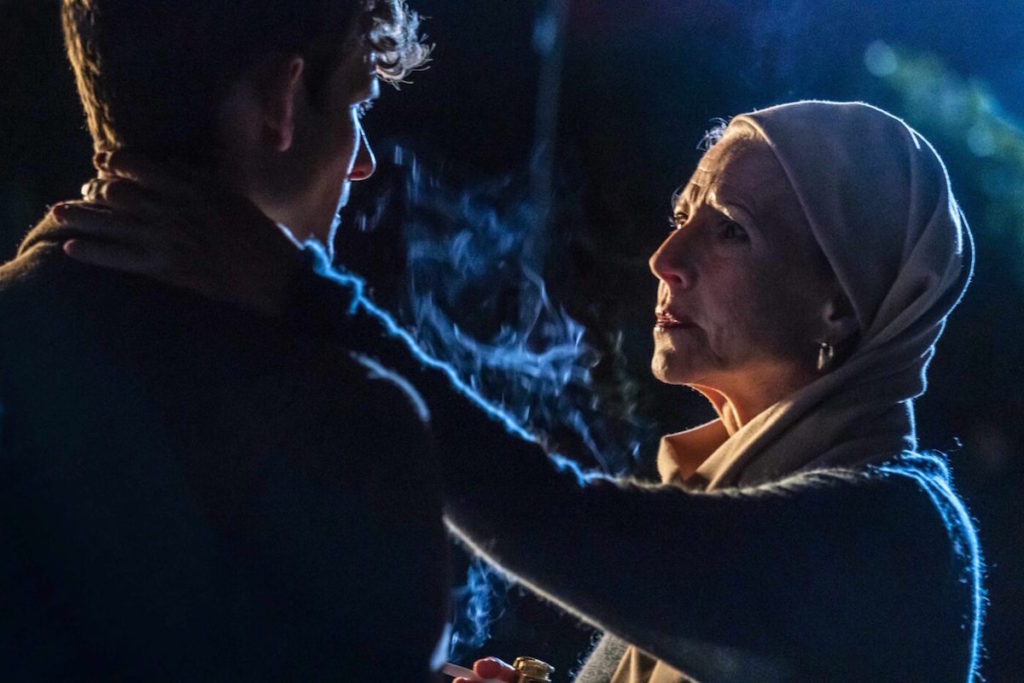
Although the story is told from Bjørnvig’s point of view, it’s really about what makes the singular Blixen tick. The Pact works because of Birthe Neumann’s exquisite performance as a woman who masks her neediness with a steely willfulness. Neumann had a key role in the 1998 classic Festen.
Tellingly, Blixen says, “It’s you who need to understand that we’re all playing a role in the story.” Not A story, but THE story. Blixen’s story.
Bennebjerg ably portrays Bjørnvig, a character difficult to sympathize with because of his submissiveness and his willingness to expose others to Blixen’s cruelty.
Naturally, Bjørnvig’s wife finds herself whipsawed as he follows Blixen’s whims. Nanna Skaarup Voss is very good in a role that seems doomed to passive victimhood until she delivers a definitive insight near the end of the story.
Asta Kamma August is also excellent as a sweet innocent whose life is upended by Blixen’s manipulation.
Throughout the film, other characters address Bjørnvig as magister, an unfamiliar word for me. Magister is a medieval term for scholar still in use in 1940s Denmark.
The Pact is opening in theaters, including at the Bay Area’s Opera Plaza and the Rafael on February 18.

